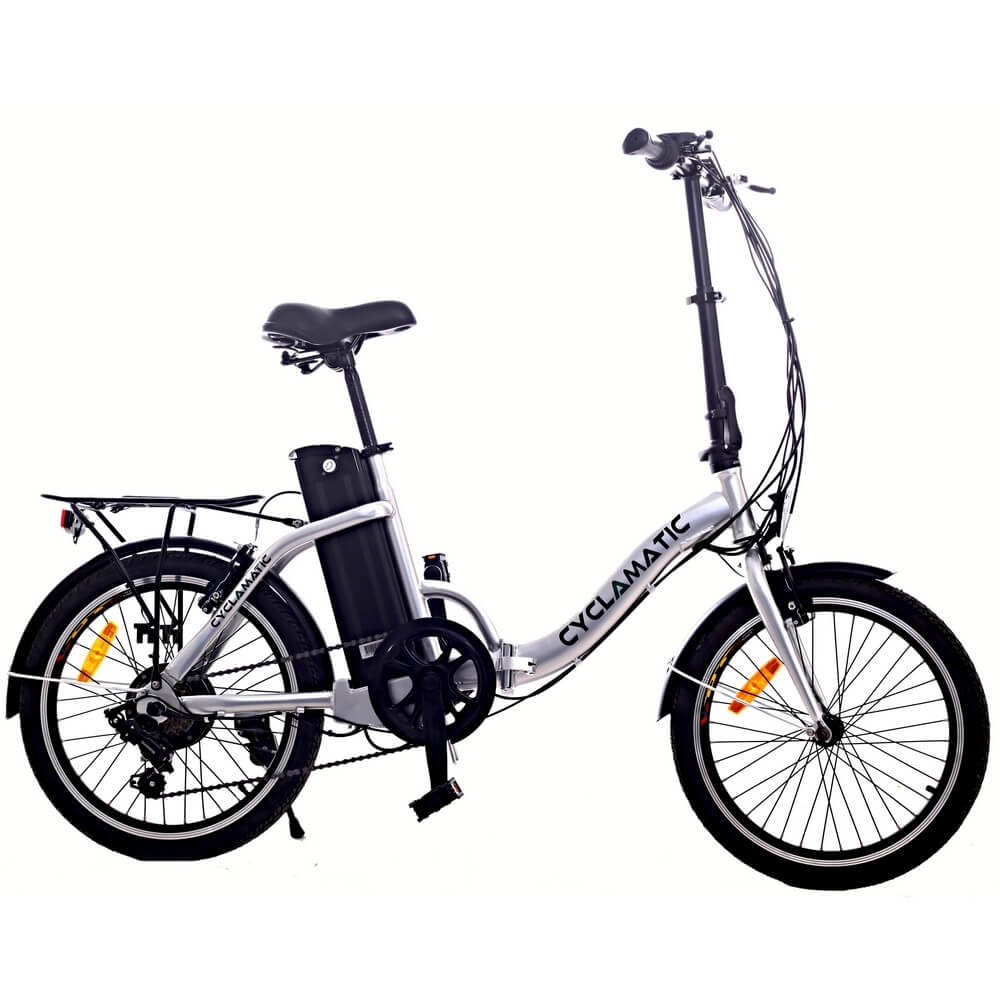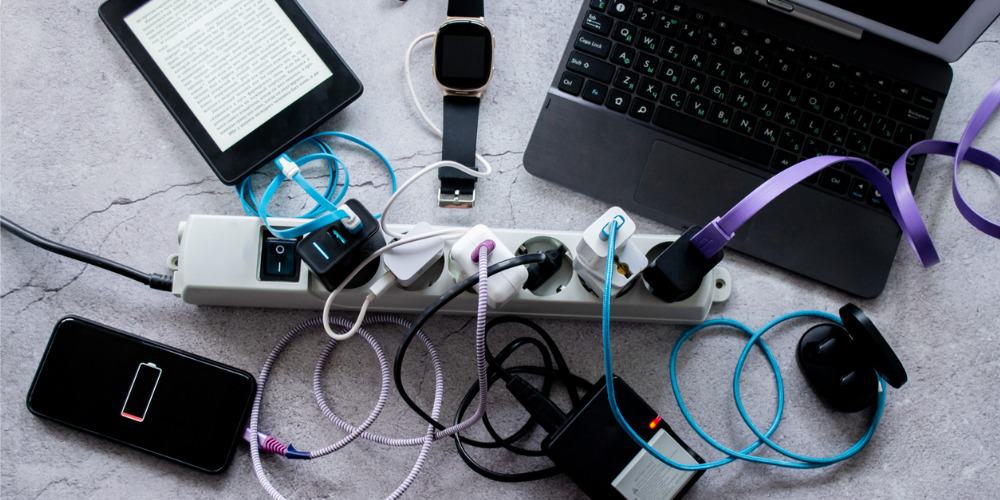Hi Guys, I bought a charger from ebay and a multimeter from Halfords. I tried to check the polarity myself and it would appear that the positive results are given when test leads are reversed to when testing the battery. Does this mean that the polarity is not compatible?
Do remember, especially with Chinese made equipment, they do not always stick with the correct colours of leads, which has cost many dearly!!! Do not forget this!!
It does sound as though the charger needs the polarity (connector) changing!!
It depends upon the type of meter. Older style with a "needle" (Analog) tend to have the polarity reversed with respect to the lead colour, easily forgotten.
Modern Digital meters generally the pole with the red lead, will signify the positive end of the battery.
With any meter, its not difficult to get it right, the black lead is plugged into the COMmon socket, the Red lead may have several possibilities, you will need to use on that might be marked V/Ohm/f (on my meter), showing it is for voltage, Resistance and Capacitance.
Simply switch to voltage (without putting the test leads on the battery!), select 2 or more volts and place the red lead on the positive end of a single cell, taken from say a torch, the tiny button end is always positive, and the black lead on the base at the other end.
This will tell you immediately how the meter is designed, as you should get a positive value reading on a digital meter (generally the "+" will not be displayed, but if you see a value with a negaive sign "-", then the polarity is reversed......
On an old fashioned Analog meter, the needle does NOT try to go backwards, is a sign of positive, but most will go backwards with the red lead on the small button. This problem is why I recommend only Digital meters, its far easier to get correct!!
But as you neglected to tell us what type of meter you have (Analog or Digital), that has made my help a bit more difficult to understand....Sorry for that.
Do get it right before you go near the bike battery.....
Ask if you need more help, its far cheaper than an accident!!
regards
Andy





![20190611_110235[1].jpg](/forum/data/attachments/28/28643-3e96ec38ab082afbc5cb760fbf98ac12.jpg)
![received_450735045718724[1].jpeg](/forum/data/attachments/28/28645-af0f3c1187191675a1661da95381b0a3.jpg)




